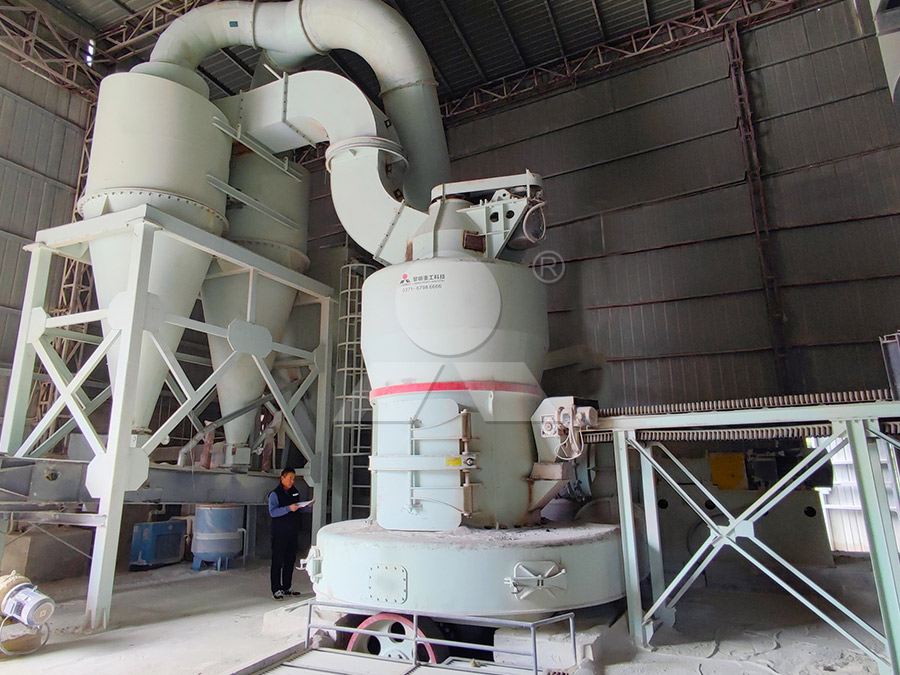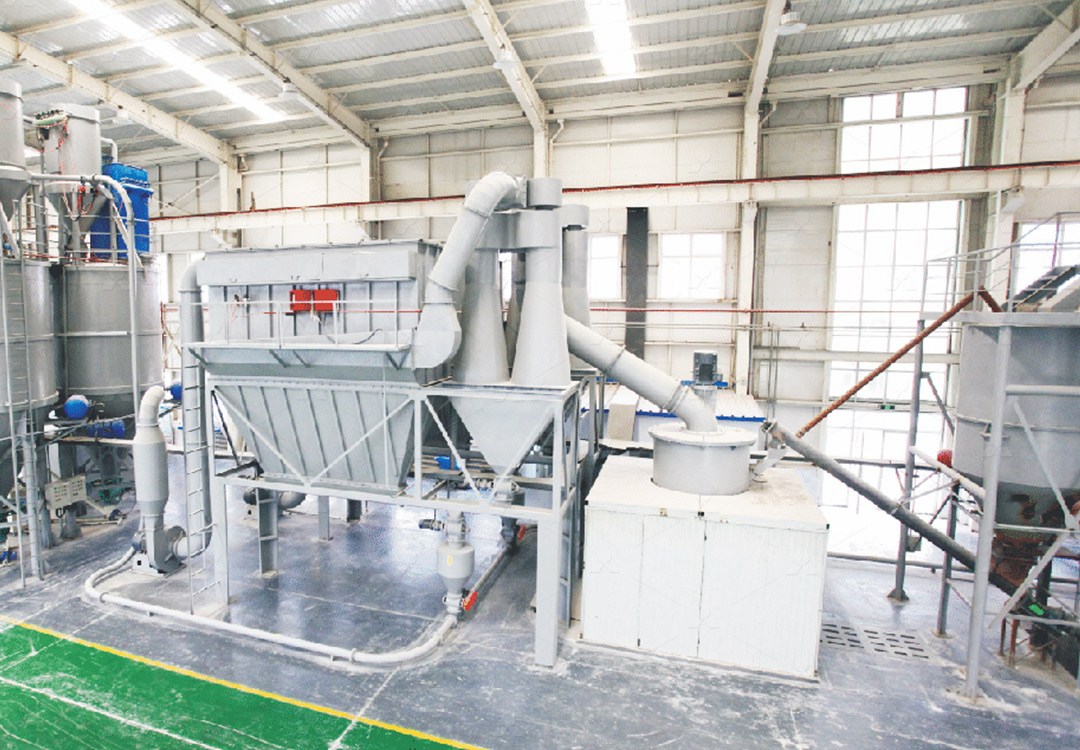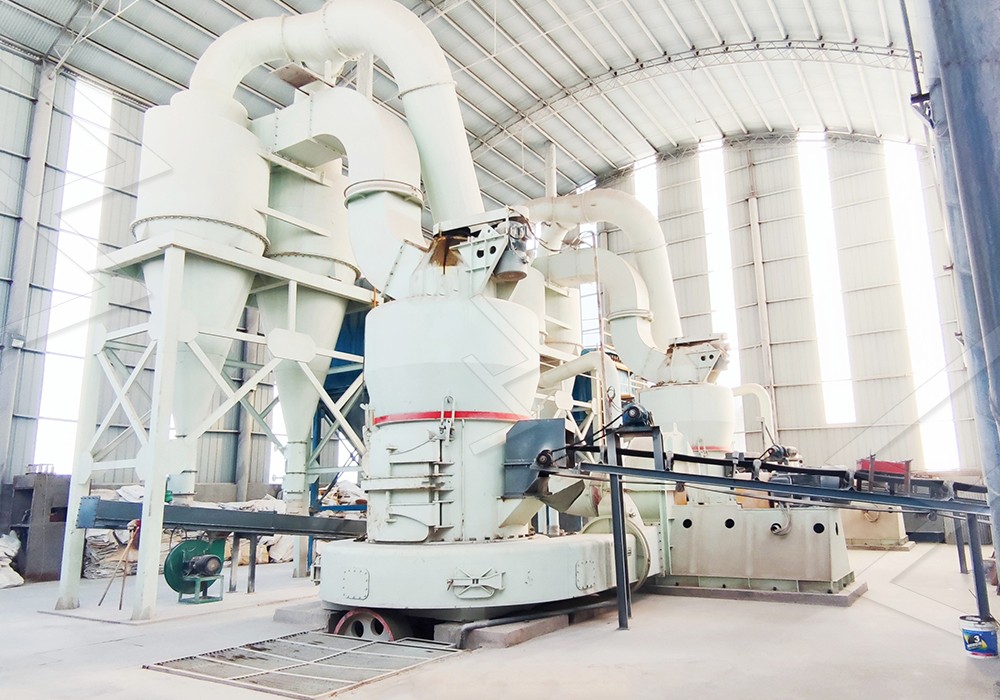Cement Clinker Grinding Mill Plant Price and Configuration Guide
Cement Clinker Grinding Mill Plant Price and Configuration Guide
Selecting the right grinding mill for your cement clinker processing plant is crucial for operational efficiency and profitability. This comprehensive guide examines key factors influencing equipment selection, pricing considerations, and optimal configuration strategies to help you make an informed decision.
Understanding Cement Clinker Grinding Requirements
Cement clinker grinding presents unique challenges that demand specialized equipment. The abrasive nature of clinker, combined with strict fineness requirements for final cement products, necessitates robust grinding solutions capable of handling high throughput while maintaining consistent particle size distribution.
Traditional ball mills have long been the industry standard, but technological advancements have introduced more efficient alternatives that significantly reduce energy consumption – which typically accounts for 40-60% of total grinding costs. Modern vertical mills and specialized grinding systems now offer superior performance metrics that can dramatically impact your bottom line.

Key Factors Affecting Grinding Mill Selection
When evaluating grinding mills for cement clinker processing, several critical factors must be considered:
Production Capacity Requirements
Your target production volume directly influences mill selection. Smaller operations (under 50 tph) might consider traditional ball mills or smaller vertical mills, while large-scale cement plants requiring hundreds of tons per hour will need high-capacity vertical roller mills or multiple grinding circuits.
Energy Efficiency Considerations
Power consumption represents the single largest operating cost in cement grinding. Modern vertical mills typically consume 30-50% less energy than ball mills for the same output, making them increasingly popular despite higher initial investment.
Space Constraints
Plant layout and available space significantly impact equipment selection. Vertical mills require substantially less floor space than horizontal ball mills of equivalent capacity, an important consideration for plant expansions or space-constrained sites.
Advanced Grinding Solutions for Modern Cement Plants
For operations requiring ultra-fine powder production with exceptional energy efficiency, we strongly recommend considering our MW Ultrafine Grinding Mill. This advanced system represents the cutting edge in grinding technology, specifically engineered for customers who need to produce ultra-fine powder from cement clinker and other materials.
The MW Ultrafine Grinding Mill operates with an input size of 0-20 mm and capacity ranging from 0.5-25 tph, making it suitable for various production scales. Its innovative design features higher yielding with lower energy consumption – achieving 40% higher production capacity than jet grinding mills and double the output of ball grinding mills, while consuming only 30% of the energy of jet grinding systems.

Another exceptional option for cement clinker processing is our LUM Ultrafine Vertical Grinding Mill, which handles input sizes of 0-10 mm with capacities of 5-18 tph. This mill integrates the latest Taiwanese grinding roller technology with German powder separating technology, providing outstanding grinding efficiency and product quality.
Configuration Best Practices
Proper grinding plant configuration extends beyond mill selection. An optimized system includes:
- Efficient feeding systems that ensure consistent material flow
- Advanced classification equipment for precise particle size control
- Comprehensive dust collection systems to meet environmental standards
- Automated control systems for process optimization
The MW Ultrafine Grinding Mill addresses these requirements comprehensively with its integrated efficient pulse dust collector and muffler, which effectively reduce dust and noise emissions. The absence of rolling bearings and screws in the grinding chamber eliminates common failure points, while external lubrication allows continuous 24-hour operation without shutdowns for maintenance.
Investment and Operational Cost Analysis
Grinding mill pricing varies significantly based on capacity, technology level, and configuration complexity. While traditional ball mills represent lower initial investment, their higher operating costs often make vertical mills more economical over the equipment lifecycle. The MW Ultrafine Grinding Mill’s innovative cage-type powder selector enables adjustable fineness between 325-2500 meshes, providing exceptional flexibility for producing various cement grades from the same equipment.

When evaluating total cost of ownership, consider not only the equipment purchase price but also installation costs, energy consumption, maintenance requirements, and spare parts availability. Our grinding mills feature digitalized processing for higher precision and come with complete technical support and genuine spare parts to ensure worry-free operation.
Frequently Asked Questions
What is the typical energy consumption difference between traditional ball mills and modern vertical mills?
Modern vertical mills typically consume 30-50% less energy than ball mills for equivalent cement clinker grinding applications. The MW Ultrafine Grinding Mill specifically reduces system energy consumption to just 30% of comparable jet grinding mills.
How does the MW Ultrafine Grinding Mill achieve higher efficiency?
The MW mill incorporates newly designed grinding curves of the grinding roller and ring that enhance grinding efficiency. Its cage-type powder selector using German technology increases powder separation precision, while the absence of internal screws and rolling bearings in the grinding chamber reduces maintenance requirements and improves reliability.
What environmental benefits do modern grinding systems offer?
Contemporary grinding mills like the MW Ultrafine Grinding Mill feature integrated pulse dust collectors that eliminate dust pollution and silencers that reduce operational noise. The entire production process complies with national environmental protection standards, making them significantly cleaner than traditional alternatives.
How important is after-sales support for grinding mill operations?
Comprehensive technical support and genuine spare parts availability are critical for minimizing downtime and maintaining consistent production quality. Our company provides complete after-sales services, including technical support and original spare parts, to ensure continuous, worry-free operation of your grinding equipment.
